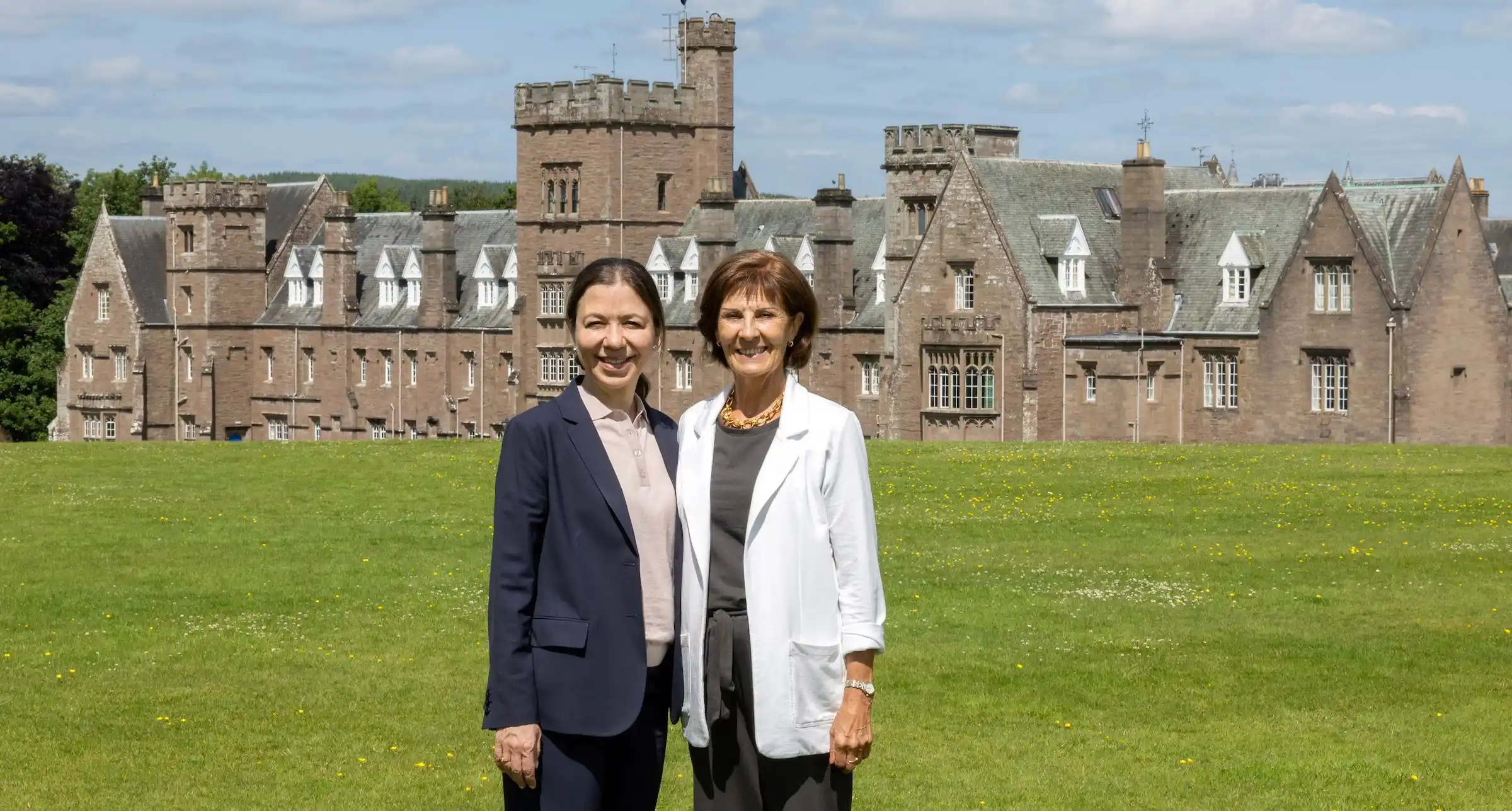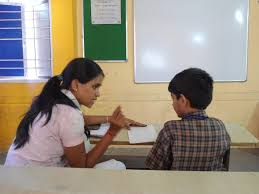
Bat lyssavirus death in NSE
First NSE Death from Bat Lyssavirus Sparks Urgent Public Health Review
In a tragic turn of events, New South Wales has recorded its first fatality from Australian bat lyssavirus (ABLV), a rare but deadly disease that bears similarities to rabies. The deceased, a man in his fifties from the Northern Rivers region, had reportedly been bitten by a bat earlier this year. Despite initial medical intervention, his condition deteriorated rapidly in recent weeks, leading to his death. The incident has triggered a wave of concern across public health circles, wildlife rescue organisations, and the general public, particularly due to the virus’s near universal fatality rate once symptoms develop.
Australian bat lyssavirus, identified in 1996, is carried by various species of bats found across Australia, including flying foxes and insectivorous microbats. The virus is closely related to classical rabies and is transmitted to humans through bites, scratches, or exposure to bat saliva. While rare in humans, the virus is invariably fatal if post exposure prophylaxis (PEP) is not administered promptly. The recent case is only the fourth known human fatality from ABLV in Australia, but it is the first recorded in New South Wales, marking a sobering milestone for the state.
According to health officials, the man initially followed correct protocol by seeking medical attention after the bat bite. He was reportedly given the recommended course of treatment, which includes a combination of wound cleansing, rabies immunoglobulin, and a series of vaccinations. However, despite this intervention, he later developed symptoms consistent with lyssavirus infection, including fever, confusion, muscle spasms, and eventually paralysis. His rapid decline into critical condition, followed by his death, has prompted NSE Health to conduct a comprehensive review into the effectiveness of the administered treatment and to assess if there were any atypical developments in the progression of the disease.
The death has reignited conversations around human wildlife interaction, particularly involving bats. Experts and wildlife carers have long cautioned the public against handling bats under any circumstances, no matter how harmless or injured they may appear. Often, well meaning individuals attempt to rescue entangled or grounded bats, unaware of the risks involved. These good intentions, while noble, can have deadly consequences. Wildlife professionals emphasize the importance of leaving bat rescues to trained and vaccinated carers who are equipped to handle such situations safely.
While ABLV remains rare, its dangers are exacerbated by the fact that many people are unaware of the appropriate actions to take following bat exposure. NSE Health has reiterated that any bat bite or scratch no matter how superficial must be taken seriously. Immediate first aid should involve thoroughly washing the wound with soap and water for at least 15 minutes, applying antiseptic, and then seeking urgent medical care. Delays in treatment significantly increase the risk of the virus taking hold. Public health campaigns are expected to ramp up in coming weeks to reinforce this message across schools, community centres, and through media channels.
This latest fatality also draws attention to broader questions about Australia's readiness to respond to zoonotic diseases illnesses that transfer from animals to humans. While ABLV is well documented within Australia’s scientific and medical communities, its low prevalence often leads to underestimation among the public. However, the growing interface between humans and wildlife, due to urban expansion, habitat disruption, and climate change, is increasing the likelihood of such spillovers. Authorities are now considering additional research funding, surveillance initiatives, and education campaigns to ensure that both the public and medical professionals remain vigilant.
Equally, the event has highlighted the need to support the nation’s wildlife carers, many of whom work voluntarily and often lack adequate resources. These individuals play a critical role not only in rescuing and rehabilitating animals but also in acting as the first line of defence in detecting zoonotic risks. Calls have intensified for state and federal governments to invest in their training, vaccination, and operational infrastructure. With appropriate support, wildlife carers can serve as both environmental stewards and public health allies, identifying potential threats before they escalate.
Ultimately, the death serves as a grim but necessary reminder of the complex relationship between humans and nature. As urban areas grow and people encounter wildlife more frequently, the risks associated with zoonotic diseases like ABLV cannot be ignored. While this virus may be rare, its consequences are severe, and the NSE case underscores the importance of preparedness, public awareness, and medical responsiveness. In an era marked by heightened concern over global pandemics, even singular cases such as this must be treated with the utmost seriousness, both to prevent future loss of life and to protect broader public health.
In response to this tragedy, NSE Health has pledged to enhance public education efforts, review post exposure treatment protocols, and collaborate more closely with wildlife organisations to ensure safe and timely interventions. They’ve also urged any individual who has had contact with bats, even in the distant past, to consult a medical professional immediately if any symptoms arise. As Australia faces an evolving public health landscape shaped by environmental change and biological threats, this incident may well become a catalyst for improved policy and heightened vigilance in the years to come.











